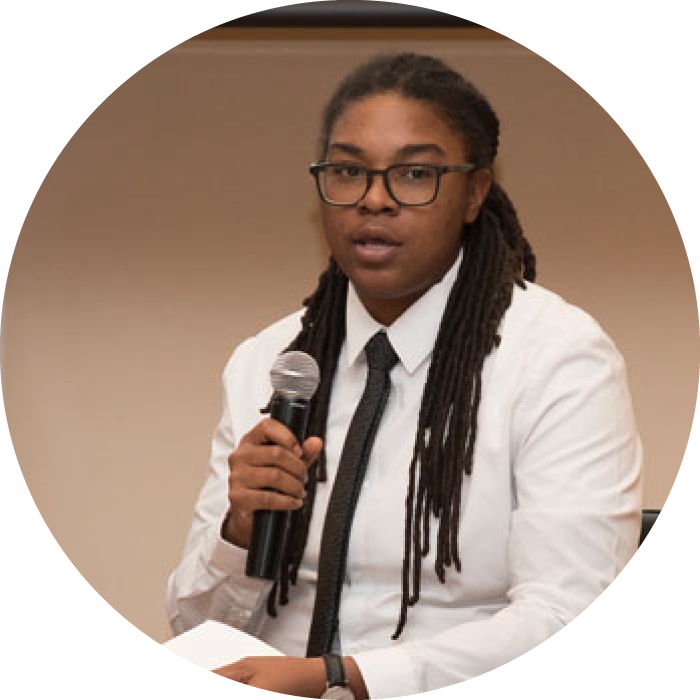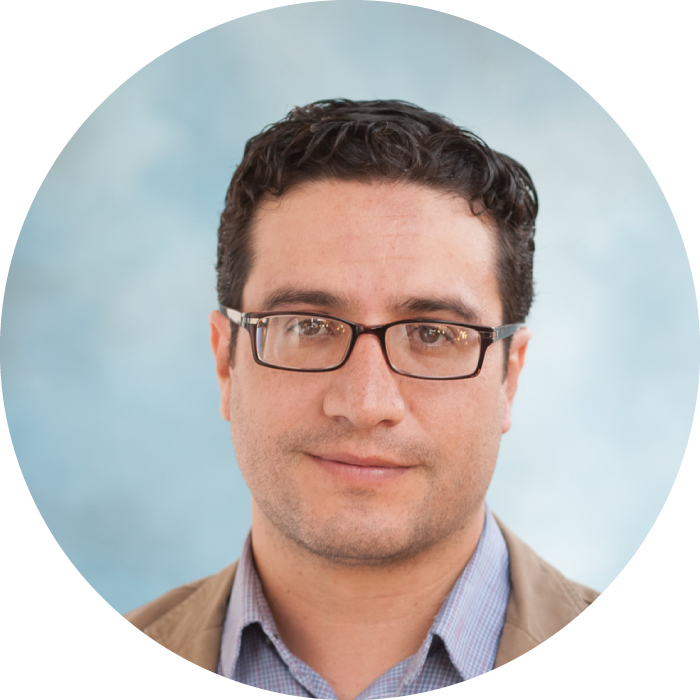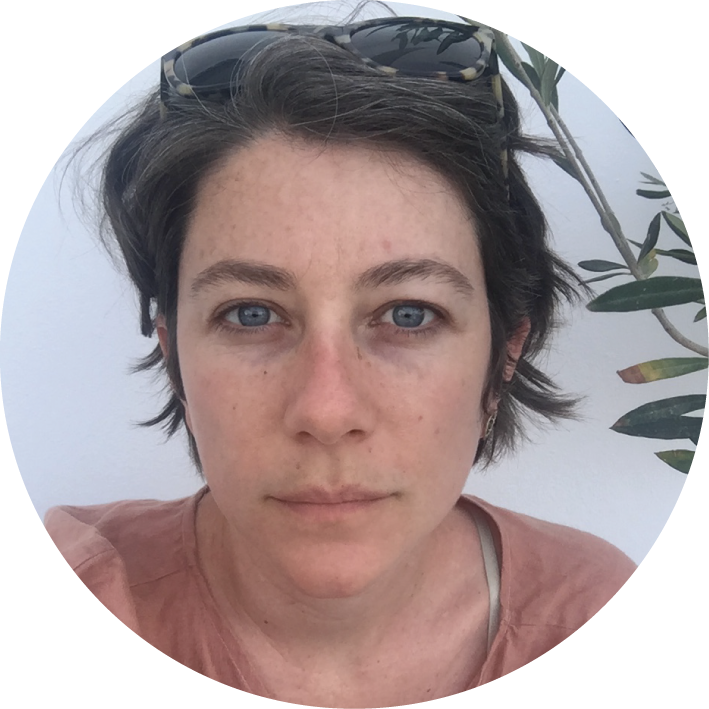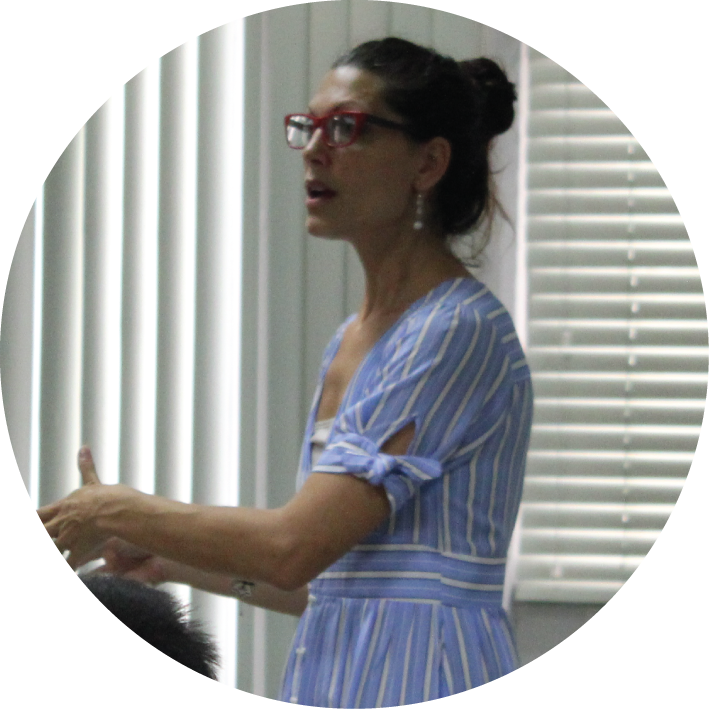Name:
Tanesha Thomas
Department:
Project Title:
Mapping the Toxins: Intersectionality and Environmental Justice in Upstate New York
Tanesha A. Thomas is a Ph.D. Candidate in Sociology at the CUNY Graduate Center. Her research centers on the creation and persistence of environmental inequality through political economic systems. Her dissertation, Mapping the Toxins: Intersectionality and Environmental Justice in Upstate New York, uses spatial statistics and socio-historical analysis to examine the intersectional impacts of deindustrialization, particularly on female-headed households. She sees her work as part of growing body of literature applying intersectionality to environmental justice research. She is currently teaching courses on environmental sociology and environmental justice at Brooklyn College.
Project
The literature on environmental justice has firmly identified the unequal distribution of a variety of environmental hazards across society. While much of the focus has been on the race and class dynamics of environmental injustice, this dissertation demonstrates that scholars and policymakers should also consider gender disparities in the distribution of environmental hazards. I use the census variable of female-headed households as a function of gender discrimination to compare host and non-host communities of Toxic Release Inventory (TRI) facility waste sites across Upstate New York from 1970-2010. This project draws from a variety of sources, including the U.S. Census and the Environmental Protection Agency’s (EPA) Toxic Release Inventory (TRI), which contains information on the quantity of certain chemicals that may pose a threat to human health and the environment released by toxic waste facilities in the U.S. I also use the Geographic Information System (GIS) and statistical software to conduct spatial analyses comparing communities’ demographic characteristics.
My Connect New York fellowship allowed me to take initial steps toward understanding the dynamics between gender and toxic siting in post-industrial spaces. The purpose of this study is to assesses how gender intersects with other forms of social identity, like race and class, to create different patterns of environmental exposure. The 2010 data maps display locations of Toxic Release Inventory (TRI) sites across upstate New York. Findings indicate the value in applying an intersectional analysis to EJ research as patterns of environmental inequality were found to differ between Black and white FHHs.
I focus on FHHs in particular, but my study also investigates patterns of toxic siting in relation to a variety of other variables used in quantitative environmental justice (EJ) research. I gathered Census data from the National Historical Geographic Information System (NHGIS) and the Longitudinal Tract Database (LTDB). The demographic variables are split into three separate categories: gender, race, and class. The variables for gender include percent female population, percent female-headed households, percent Black female-headed households, and percent white female-headed households. The race variables include: percent Black alone; percent white alone; and percent non-white (people of color). The variables for class include the following: percent Supplemental Nutrition Assistance Program (SNAP) recipients; percent living below the poverty line; percent owner-occupied housing (homeowners); and percent with a four-year college degree.
For the spatial analysis, I used the distance-based geographic method areal apportionment to determine the demographic characteristics of host communities, living within one mile of a TRI site. The areal apportionment method creates “buffers” (circular perimeters) around each point. The buffers intersect with census tracts that fall at least partially within each buffer zone. All of the populations in upstate NY included in the buffer zones were aggregated and compared to the populations outside of the buffer zones.
Results of one-sample T-Tests indicate statistically significant differences between host communities and non-host communities for all demographic variables. The observed environmental inequalities in terms of race and class are consistent with previous EJ studies. The results of the gendered differences are somewhat counter to my expectations. Host communities contain a higher percentage of FHHs, but contrary to my hypothesis, these patterns were not the same for Blacks. Host communities contained a higher percentage of FHHs overall and white FHHs in particular, but fewer Black FHHs.
In the future, I will conduct a longitudinal research on this topic, focusing on the above patterns in upstate NY from 1970 to 2010, particularly concerning the racialized and gendered dynamics of toxic siting in postindustrial spaces. The longitudinal analysis will illustrate the nuances of how environmental vulnerability varies over space and time.
This work advances knowledge about the political ecology of New York State, and upstate in particular. New York has a long and proud history of environmental protection. Governor Andrew Cuomo’s commitment to combating climate change exemplifies an institutional acknowledgement of the urgency of environmental issues. This research expands on those commitments to pursuing equal environmental protection.









